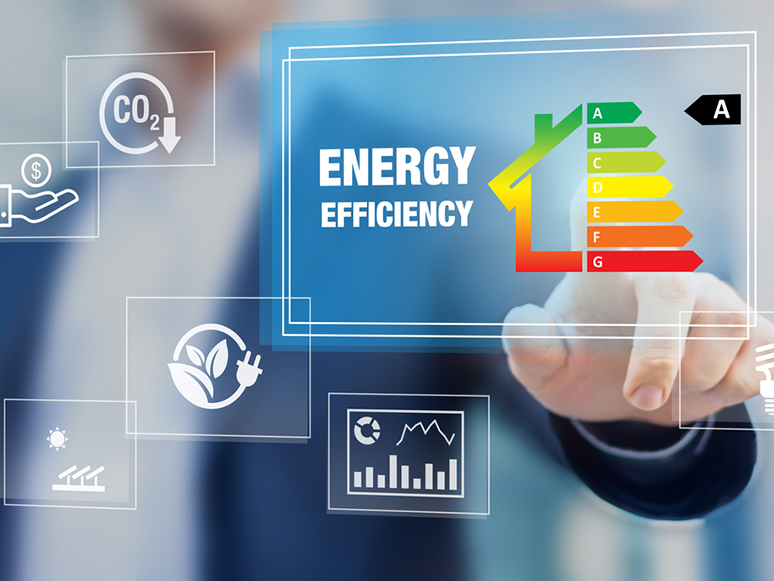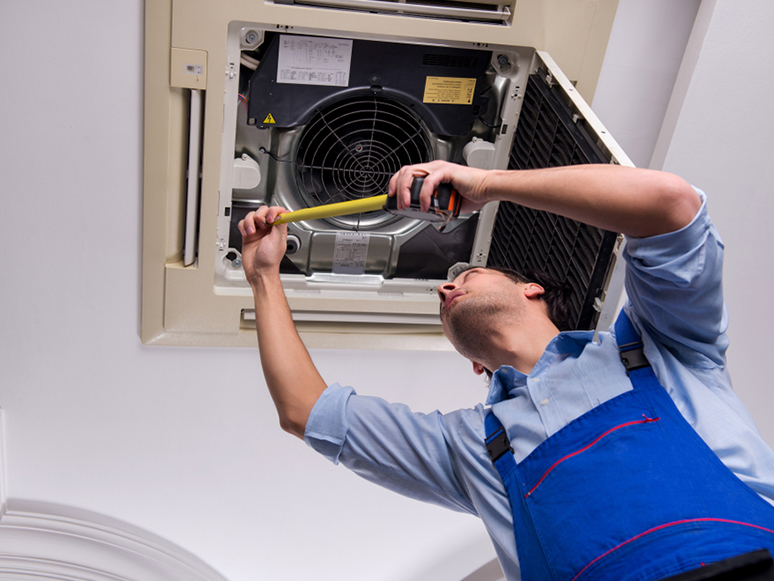logo


23rd Sep, 2023

Small businesses may be able to get a bonus 20% tax deduction for any business expenses and depreciating assets used to improve their digital operations. This includes digital enabling items such as computer software and hardware, digital media and marketing, e-commerce related goods or services, and systems or monitoring services related to cyber security. The bonus deduction applies to up to $100,000 of eligible expenditure incurred in each relevant period, with a maximum bonus deduction amount of $20,000 per income year or specified time period. This bonus deduction is available to all entities that meet the definition of a small business entity.
Any private-use portion of expenditure is not eligible for the bonus deduction. Also, the bonus deduction does not cover general operating costs related to employing staff, raising capital, construction of business premises, and the cost of goods and services the business sells. Training and education costs are also excluded, as they are specifically covered under the skills and training boost measure (which provides a separate 20% bonus deduction).
23rd Sep, 2023

The Federal Government has released plans to introduce a small business energy incentive to help small and medium businesses electrify and save on their energy bills. The proposal was in the consultation stage until late July, but once implemented it may see businesses with an aggregated annual turnover of less than $50 million gain access to a bonus 20% tax deduction for the cost of eligible depreciating assets that support electrification and more efficient use of energy. It is projected to apply for the 2023–2024 income year.
Eligible depreciating assets would include any asset that:
In order to claim the bonus deduction, the business must make the expenditure for a taxable purpose; therefore, costs will need to be apportioned if the asset has a mix of private and business use.
If both the small business and the asset meets eligibility requirements, the amount of bonus deduction is 20% of the total eligible cost, up to a maximum of $20,000 across the bonus period.
23rd Aug, 2023

The ATO has extended its motor vehicles data matching program once again to encompass the 2022–2023 to 2024–2025 financial years. For each financial year, the ATO will acquire information from all eight of the state and territory motor registries regarding where a vehicle has been transferred or newly registered during the applicable period, and where the purchase price or market value is $10,000 or more. Records relating to approximately 1.5 million individuals will be obtained each financial year.
While the program is being used to obtain intelligence about taxpayers that buy and sell motor vehicles so the ATO can identify risks and trends of non-compliance with various tax and super obligations, the ATO will also be using the data obtained as an indicator of risk. For example, the motor vehicle data (along with other data) will be used to identify taxpayers who have purchased vehicles with values that don’t align with the income they have reported.
Other uses of the data will include identifying taxpayers who may have not met their obligations in terms of GST, FBT, luxury car tax, fuel schemes and income tax.
23rd Aug, 2023

The cents per kilometre method is a simple way to work out how much you can deduct for car-related work or business expenses. Only individuals, including sole traders, or partnerships (where at least one partner is an individual) can use the cents per kilometre method. So if you operate your business through a company or trust, the business will have to use the actual costs method to claim car and vehicle running expenses.
The cents per kilometre rate takes into account all your car running expenses (including registration, fuel, servicing and insurance) and depreciation.
To work out how much you can claim, you simply multiply the total work/business kilometres you travelled by the appropriate rate. The rate for the 2022–2023 tax year is 78 c/km, and the rate for the 2023–2024 tax year is 85 c/km.
Importantly, you can’t claim more than 5,000 work/business kilometres per car, per year using this method – if you use your car for more than 5,000 kilometres a year for work or business, you need to use the logbook method to calculate your deductible car expenses.
You don’t need formal written evidence to show exactly how many kilometres you travelled, but if you use the same vehicle for both work/business and private use, you must be able to correctly identify and justify the percentage that you claim for work/business. You can’t claim a deduction for the private use. You can use a logbook or diary to record private versus work/business travel.
23rd Aug, 2023

Businesses that make payments to contractors may need to report these payments and lodge a taxable payments annual report (TPAR).
You will need to lodge a TPAR if your business made payments in the last financial year (ending 30 June 2023) to contractors providing the following services:
Contractors can include subcontractors, consultants and independent contractors. They can operate as sole traders (individuals), companies, partnerships or trusts.
If reportable services are only part of the services your business provides, you need to work out what percentage of the payments you receive are for taxable payment reporting (TPR) services each financial year. You do this to determine if you need to lodge a TPAR.
This doesn’t apply to building and construction services you provide.
If the total payments you receive for TPR services are 10% or more of your business income, you must lodge a TPAR. If they are less than 10% of your business income, you don’t need to lodge a TPAR.
TPARs are due on 28 August each year. If you don’t lodge on time, you may have to pay a penalty. You can help prepare for your TPAR by keeping records of all contractor payments.
If you’ve previously lodged a TPAR but you don’t need to lodge one this year, you can submit a TPAR Non-lodgment advice to let the ATO know.
23rd Aug, 2023

Remember temporary expensing, which allowed just about every business (unless annual turnover was at least $5 billion) to immediately write off the cost of an eligible depreciating asset? Well, that is no longer available. To use temporary full expensing, you had to acquire and use, or install ready for use, an eligible depreciating business asset by 30 June 2023.
The good news for small businesses is that the instant asset write-off is still available.
Eligible businesses can claim an immediate deduction for the business portion of the cost of a depreciating asset in the year the asset is first used or installed ready for use.
Any small business that uses the simplified depreciation rules can claim the instant asset write-off. A small business is a business with an aggregated annual turnover of less than $10 million.
The instant asset write-off applies to eligible depreciating assets costing less than the specified threshold (these are called low-cost assets).
For 2023–2024, the low-cost asset threshold will be $20,000. To take advantage of the $20,000 threshold, you will need to acquire the asset and first use it, or install it ready for use, between 1 July 2023 and 30 June 2024.
The $20,000 threshold applies on a per-asset basis, so small businesses can instantly write off multiple assets. In certain circumstances, the instant asset write-off also applies to additional expenditure incurred on a low-cost asset.